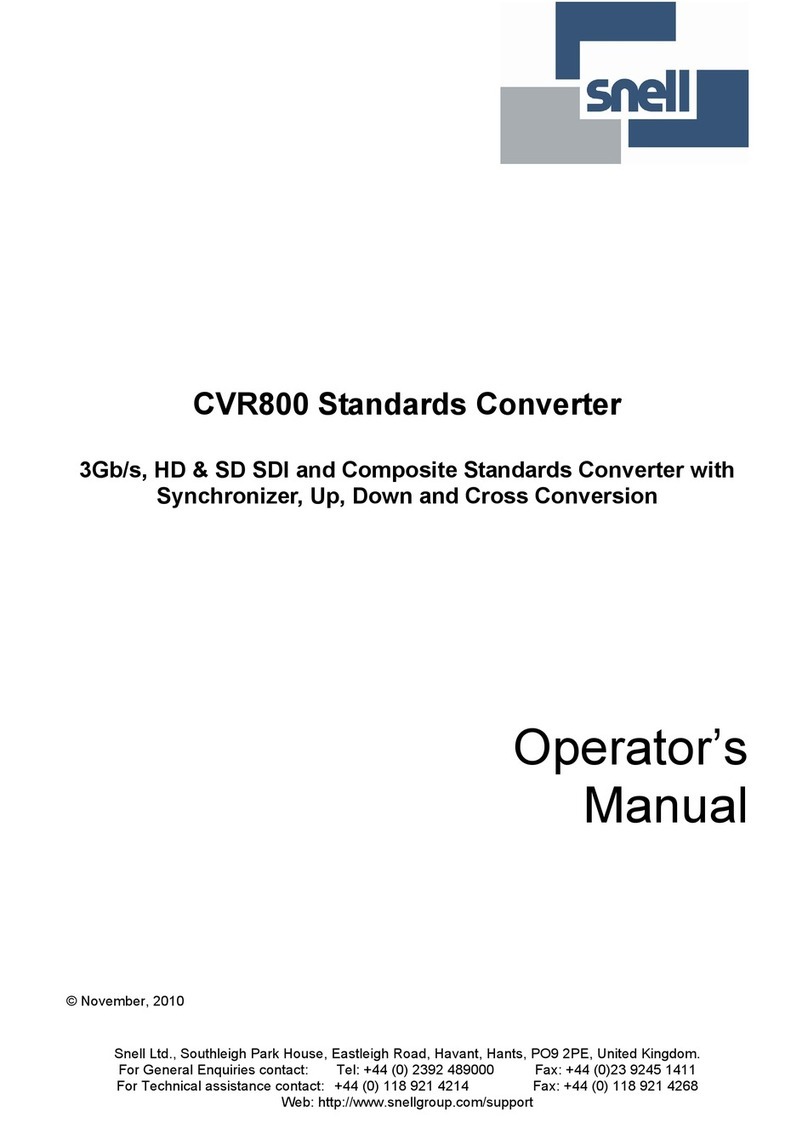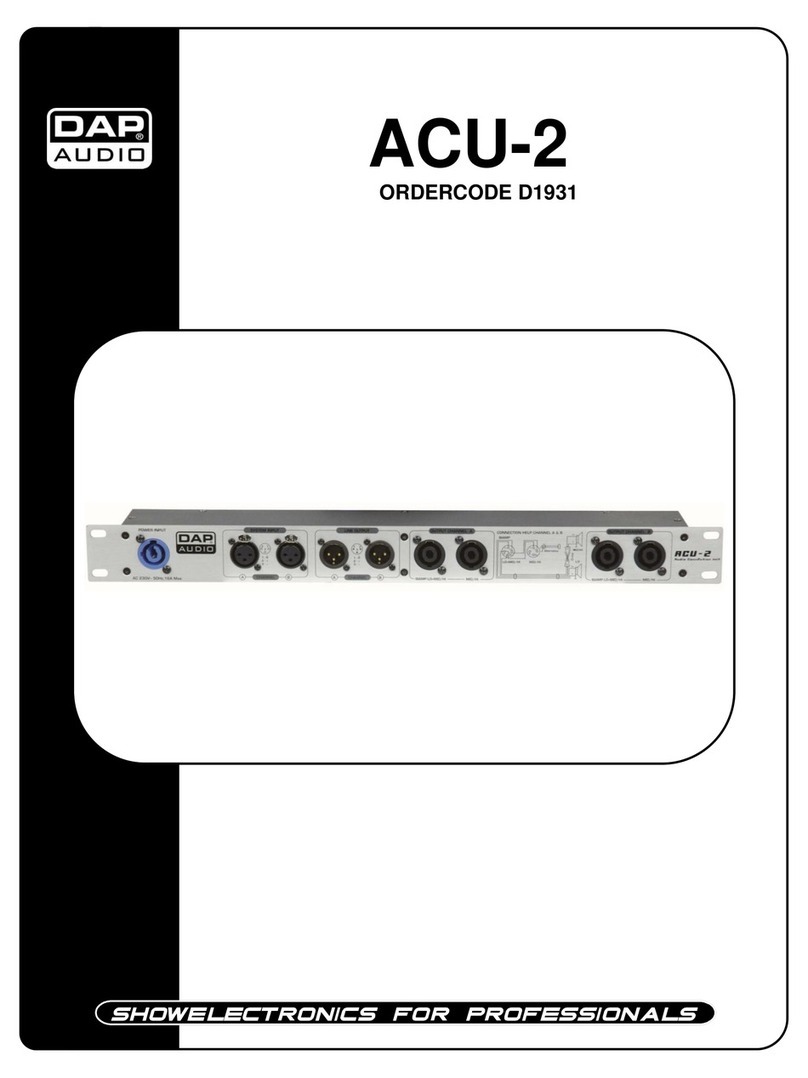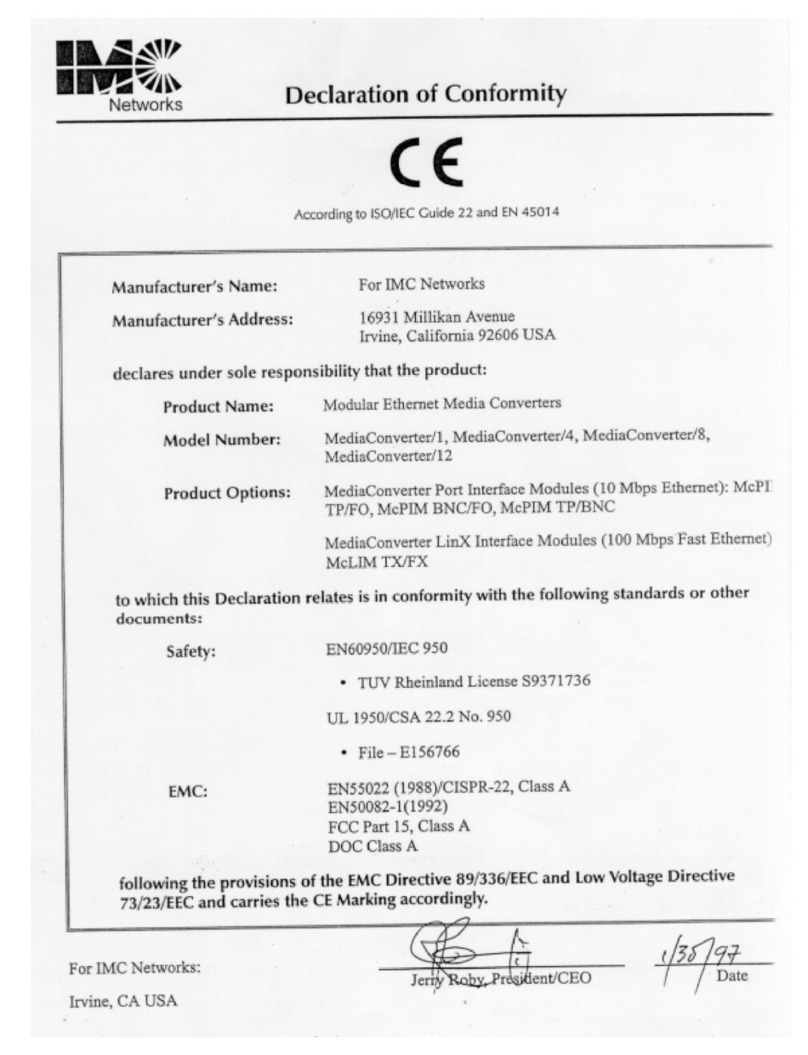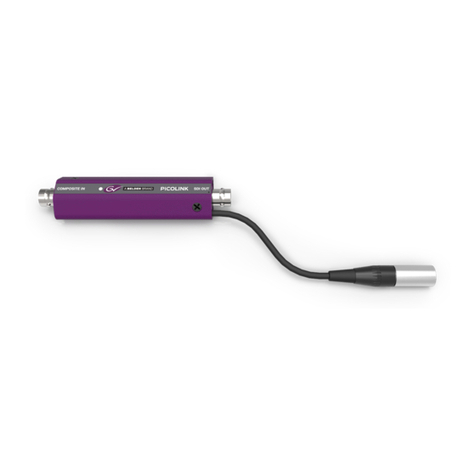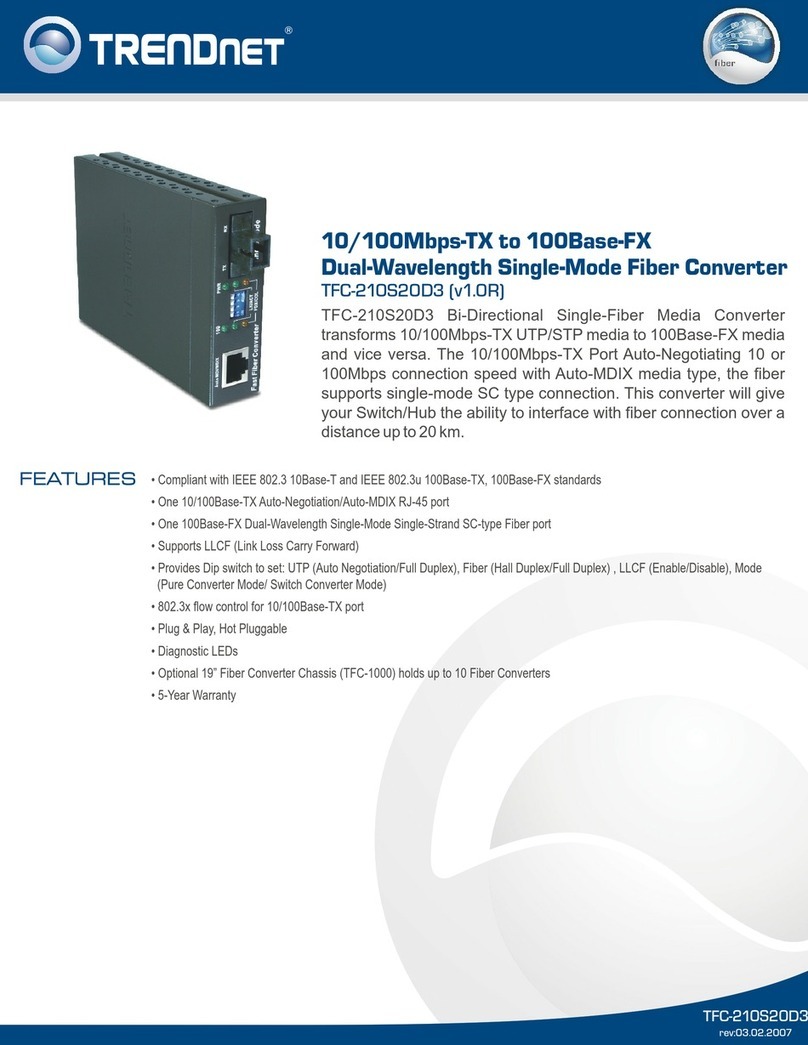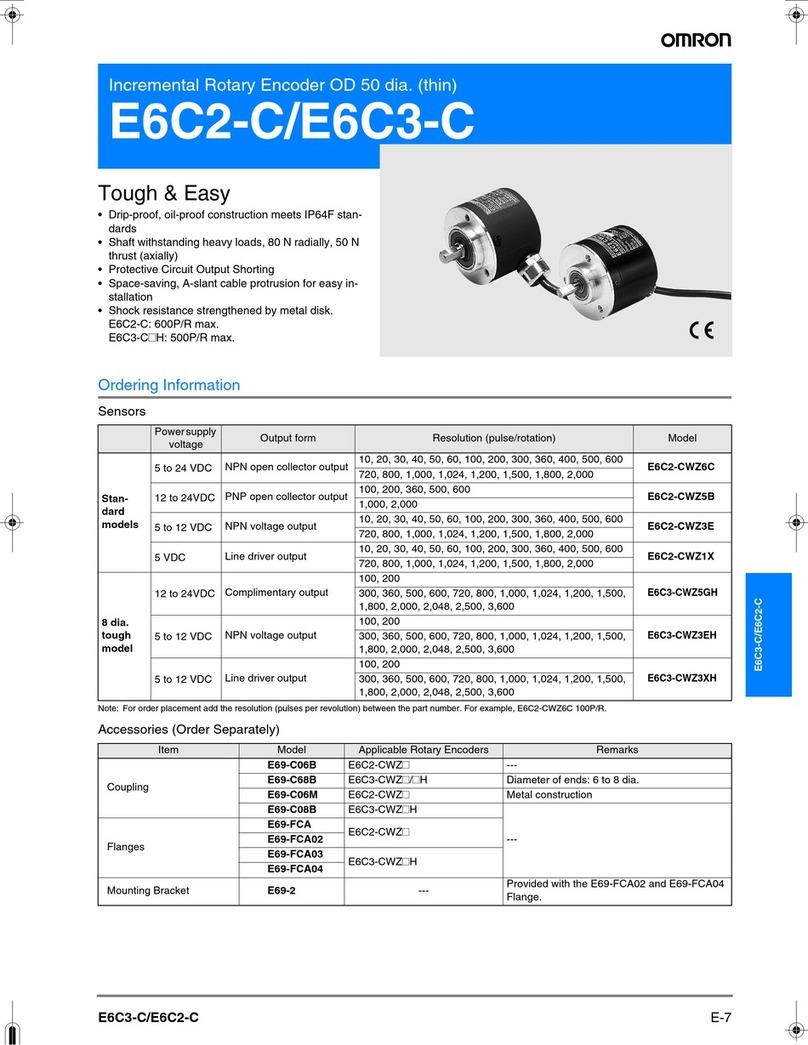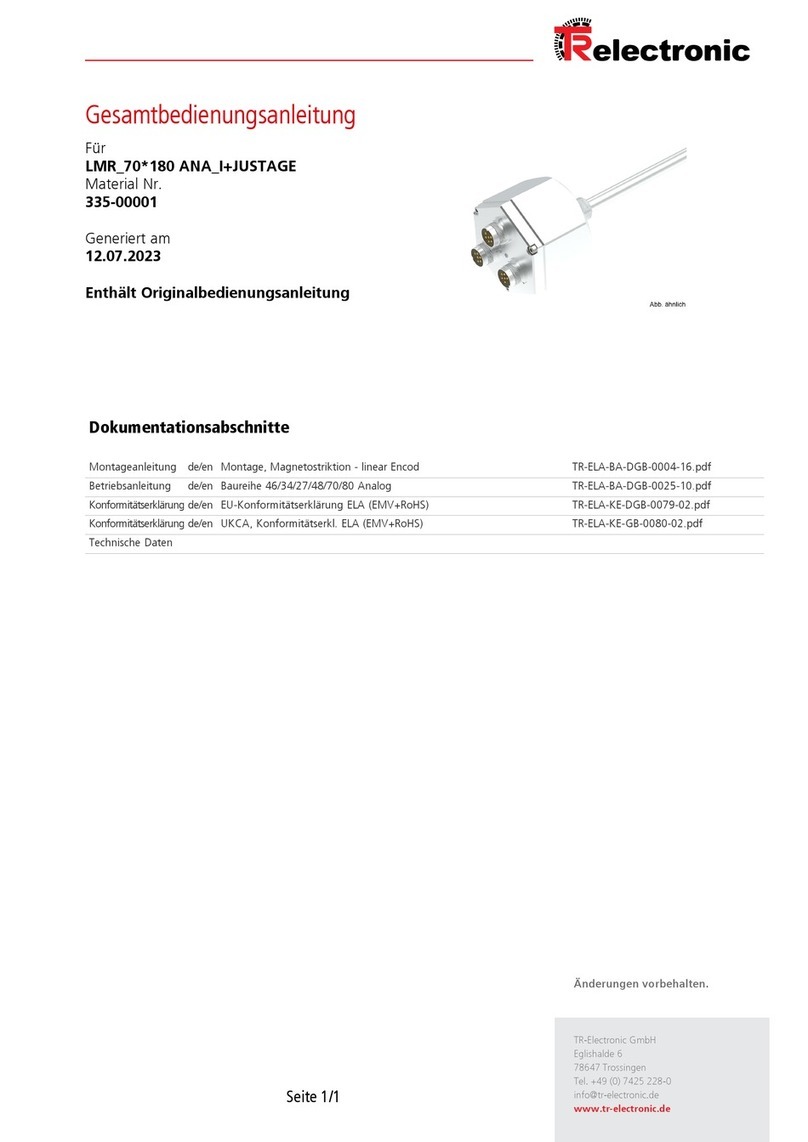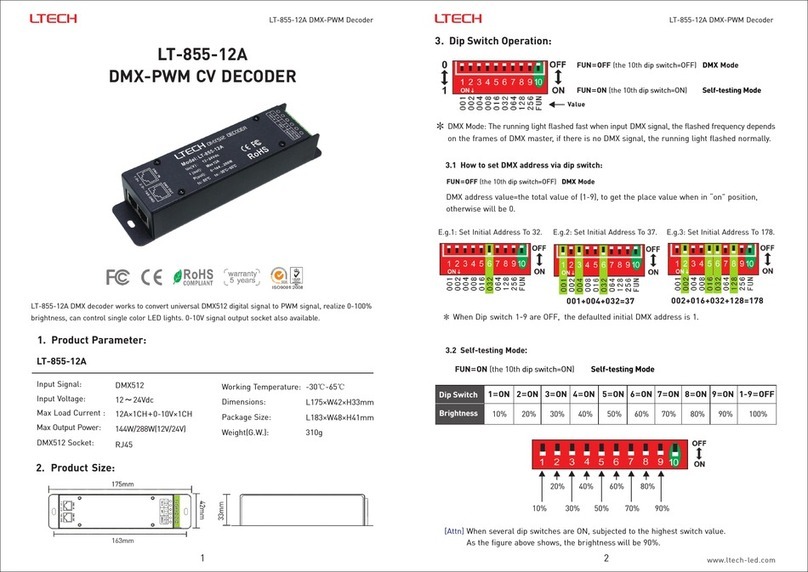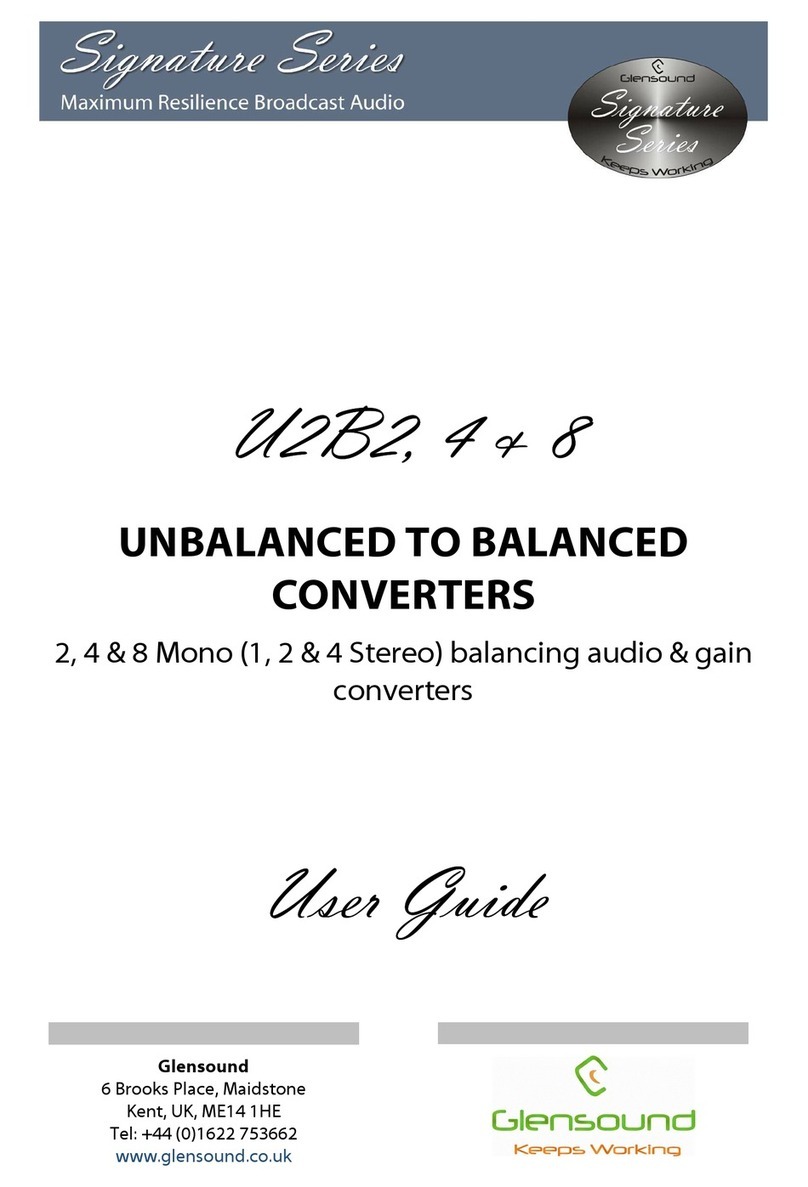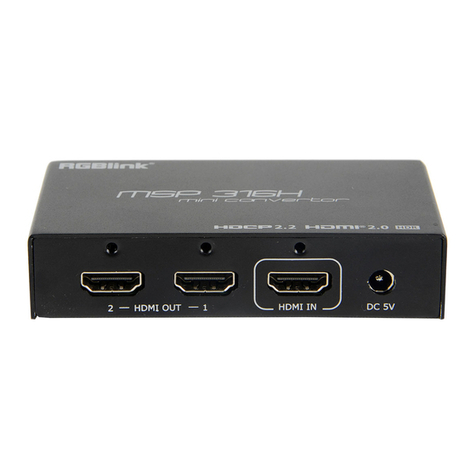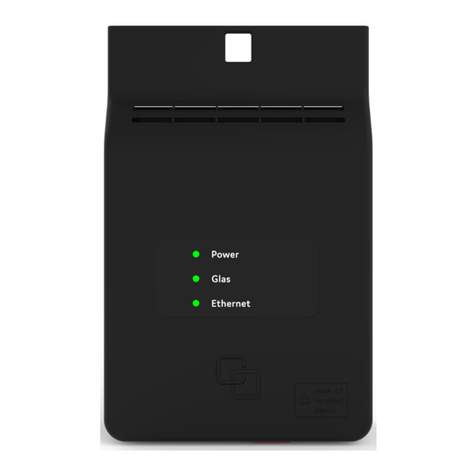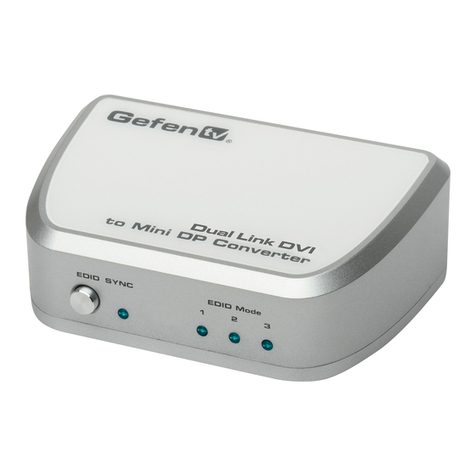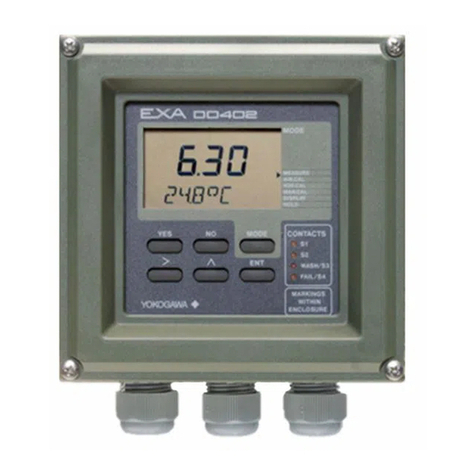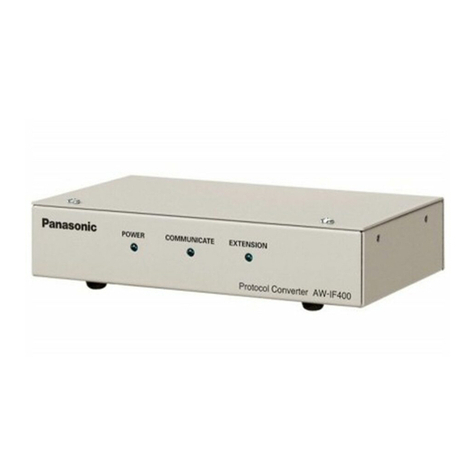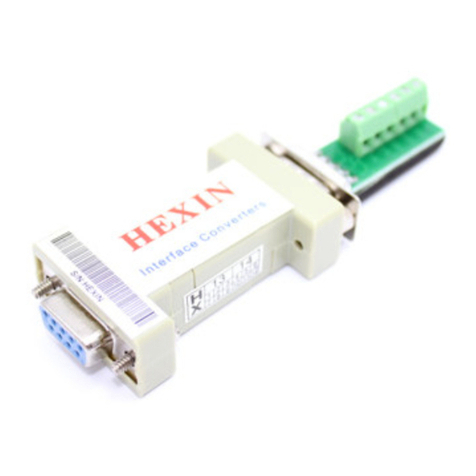Snell Sirius 600 User manual

snellgroup.com
User Manual
Sirius 600 Audio Converters
4790 and 4791 Input Cards
4795 and 4796 Output Cards

Sirius Audio Converters www.snellgroup.com
Issue 3 Rev 2 Page 2 © 2014 Snell Limited

Sirius Audio Converters www.snellgroup.com Contents
Issue 3 Rev 2 Page 3 © 2014 Snell Limited
Contents
1. About this Manual . . . . . . . . . . . . . . . . . . . . . . . . . . . . . . . . . . . . . . . . . . . . . . . . . . . 5
1.1 Contact Details . . . . . . . . . . . . . . . . . . . . . . . . . . . . . . . . . . . . . . . . . . . . . . . . . . . 5
1.2 Copyright and Disclaimer . . . . . . . . . . . . . . . . . . . . . . . . . . . . . . . . . . . . . . . . . . . 5
2. Introduction. . . . . . . . . . . . . . . . . . . . . . . . . . . . . . . . . . . . . . . . . . . . . . . . . . . . . . . . . 7
3. Hybrid Audio Cards . . . . . . . . . . . . . . . . . . . . . . . . . . . . . . . . . . . . . . . . . . . . . . . . . . 9
3.1 4790 Input Card. . . . . . . . . . . . . . . . . . . . . . . . . . . . . . . . . . . . . . . . . . . . . . . . . . . 9
3.1.1 Adjusting the Gain . . . . . . . . . . . . . . . . . . . . . . . . . . . . . . . . . . . . . . . . . . 9
3.2 4791 Input Card. . . . . . . . . . . . . . . . . . . . . . . . . . . . . . . . . . . . . . . . . . . . . . . . . . .11
3.2.1 Adjusting the Gain . . . . . . . . . . . . . . . . . . . . . . . . . . . . . . . . . . . . . . . . . .11
3.3 4795 Output Card . . . . . . . . . . . . . . . . . . . . . . . . . . . . . . . . . . . . . . . . . . . . . . . . 14
3.3.1 Test Tones . . . . . . . . . . . . . . . . . . . . . . . . . . . . . . . . . . . . . . . . . . . . . . . 14
3.3.2 Adjusting the Gain . . . . . . . . . . . . . . . . . . . . . . . . . . . . . . . . . . . . . . . . . 15
3.4 4796 Output Card . . . . . . . . . . . . . . . . . . . . . . . . . . . . . . . . . . . . . . . . . . . . . . . . 16
3.4.1 Test Tones . . . . . . . . . . . . . . . . . . . . . . . . . . . . . . . . . . . . . . . . . . . . . . . 16
3.4.2 Adjusting the Gain . . . . . . . . . . . . . . . . . . . . . . . . . . . . . . . . . . . . . . . . . 17
3.5 Audio Modify Features . . . . . . . . . . . . . . . . . . . . . . . . . . . . . . . . . . . . . . . . . . . . 17
4. Rear Panel Connections . . . . . . . . . . . . . . . . . . . . . . . . . . . . . . . . . . . . . . . . . . . . . 19
4.1 4U Frame - Analogue Audio . . . . . . . . . . . . . . . . . . . . . . . . . . . . . . . . . . . . . . . . 19
4.2 7U Frame - Analogue Audio . . . . . . . . . . . . . . . . . . . . . . . . . . . . . . . . . . . . . . . . 20
4.3 16U Frame . . . . . . . . . . . . . . . . . . . . . . . . . . . . . . . . . . . . . . . . . . . . . . . . . . . . . 21
4.4 50-way D-type Connector Pinout . . . . . . . . . . . . . . . . . . . . . . . . . . . . . . . . . . . . 22
5. Specifications. . . . . . . . . . . . . . . . . . . . . . . . . . . . . . . . . . . . . . . . . . . . . . . . . . . . . . 23
5.1 4790 and 4791 Input Cards. . . . . . . . . . . . . . . . . . . . . . . . . . . . . . . . . . . . . . . . . 23
5.2 4795 and 4796 Output Cards . . . . . . . . . . . . . . . . . . . . . . . . . . . . . . . . . . . . . . . 24

Sirius Audio Converters www.snellgroup.com Contents
Issue 3 Rev 2 Page 4 © 2014 Snell Limited

Sirius Audio Converters www.snellgroup.com About this Manual
Issue 3 Rev 2 Page 5 © 2014 Snell Limited
1. About this Manual
This manual describes the Sirius Audio Converters fitted in the Sirius 600 router range.
If you have any questions regarding the installation and setup of your product, please refer to
the Customer Service contact details (see section 1.1).
1.1 Contact Details
For details of our Regional Customer Support Offices please visit the Snell web site.
http://www.snellgroup.com/support/customer-support/
Customers with a support contract should call their personalized number, which can be found
in their contract, and be ready to provide their contract number and details.
1.2 Copyright and Disclaimer
Copyright protection claimed includes all forms and matters of copyrightable material and
information now allowed by statutory or judicial law or hereinafter granted, including without
limitation, material generated from the software programs which are displayed on the screen
such as icons, screen display looks etc.
Information in this manual and software are subject to change without notice and does not
represent a commitment on the part of Snell Limited. The software described in this manual is
furnished under a license agreement and can not be reproduced or copied in any manner
without prior agreement with Snell Limited. or their authorized agents.
Reproduction or disassembly of embedded computer programs or algorithms prohibited.
No part of this publication can be transmitted or reproduced in any form or by any means,
electronic or mechanical, including photocopy, recording or any information storage and
retrieval system, without permission being granted, in writing, by the publishers or their
authorized agents.
Snell operates a policy of continuous improvement and development. Snell reserves the right
to make changes and improvements to any of the products described in this document
without prior notice.

Sirius Audio Converters www.snellgroup.com About this Manual
Issue 3 Rev 2 Page 6 © 2014 Snell Limited

Sirius Audio Converters www.snellgroup.com Introduction
Issue 3 Rev 2 Page 7 © 2014 Snell Limited
2. Introduction
The Sirius 600 audio input and output cards provide the necessary conversion to enable
stereo analogue sources or destinations to be routed through any Sirius 600 digital crosspoint
card, and to be used in combination with the Sirius 600 AES digital audio cards.
• 4790: Eight channel stereo analogue audio input ADC
• 4791: Eight channel stereo analogue audio input ADC
• 4795: Eight channel stereo analogue audio output DAC
• 4796: Eight channel stereo analogue audio output DAC
These cards can therefore be directly substituted for the AES input, or AES output cards, for
users requiring an analogue or mixed Sirius 600 audio router. The hybrid cards can also
perform the same audio modify functions as the digital cards, allowing use in a mixed
mono/stereo environment. These features are documented in Section 3.5.
The cards have input and output gain adjustment with a range of +15 to +24 dBU at 0DBFS,
these are user adjustable for each channel and stored in non-volatile RAM. The output card
can also generate test tones to assist with the lining-up process. These features are
documented in chapter 3.
These cards operate in synchronous or asynchronous AES environment. If a valid AES11
reference is supplied to the Sirius 600 frame, this provides clean click-free switching, and
enables all the audio modify features. In an asynchronous Sirius 600 frame with no reference,
the input card free-runs at 48 kHz, and the output card converts from any sample rate in the
range 32 to 54 kHz, although no audio modify features function.
The DAC Auto detect determines which reference is selected:
• ADC Reference = I2S
• No Reference = AES Free-runs at 48 kHz,
Both cards have on-board circuitry for input and output monitoring via the Sirius 600
monitoring card.
There are also two builds of connector panel to accompany the input and output cards:
• 1767: fitted with 50-way D-type plug for 8 stereo inputs
• 1768: fitted with 50-way D-type socket for 8 stereo outputs
4790 and 4795 cards can only be used with the following 'series 1' crosspoint cards:
• 3906: 128x32 HD/SDV/Audio Crosspoint (4U/7U frame)
• 3907: 128/32 SDV/Audio Crosspoint (4U/7U frame)
• 3909: 256x64 SDV/Audio Crosspoint (16U frame)
• 4907: 128x32 Audio Crosspoint (4U/7U frame)
• 4909: 256x64 Audio Crosspoint Audio/AES/Data/Timecode (16U frame)

Sirius Audio Converters www.snellgroup.com Introduction
Issue 3 Rev 2 Page 8 © 2014 Snell Limited
4791 and 4796 cards can be used with any of the 'series 1' crosspoint cards listed above, and
the following 'series 2' crosspoint cards:
• 3908: 256x32 HD/SD/Audio Crosspoint module (16U frame)
• 3912: 128x32 HD/SD/Audio Crosspoint module (4U and 7U frame)
• 3913: 256x64 HD/SD/Audio Crosspoint module for Sirius Gold
• 3962: 128x32 3G/HD/SD/Audio Crosspoint module (4U and 7U frame)
• 3969: 256x64 3G/HD/SD/Audio Crosspoint module (16U frame)
• 4905: 256x32 Audio Crosspoint module 16U frame)
• 4911: 128x32/128x64 Audio Crosspoint module (4U and 7U frame)
• 4913: 256x64 Audio Crosspoint module for Sirius Gold

Sirius Audio Converters www.snellgroup.com Hybrid Audio Cards
Issue 3 Rev 2 Page 9 © 2014 Snell Limited
3. Hybrid Audio Cards
3.1 4790 Input Card
The 4790 Input Card has eight inputs of stereo analogue audio, with separate balanced left
and right channels and non-volatile gain adjustment. These are converted to digital signals of
an internal format designed to feed Sirius 600 AES or Audio Hybrid output cards via any
Sirius 600 digital crosspoint. If the frame is supplied with a valid AES11reference, which can
be in the range 32 to 54 kHz, all digital outputs from the card are aligned to the reference.
With no reference detected the card runs at approximately 48 kHz, as set by an on-board
oscillator. The outputs have 24bit resolution with channel status indicating Professional,
Locked (with frame reference) or Unlocked, Flat (no emphasis), Stereo, with no aux bits. The
sample rate status is flagged as '48 kHz' if the on-board crystal locks to the frame reference,
otherwise it is set to 'not indicated'.
The front edge of the card has push buttons for adjusting and storing the gain setting, a HEX
switch for selecting the channel, and a piano type DIL switch for mode selection. A green LED
indicates that power is present, a red LED to indicate that no reference has been detected,
and a tri-color LED to show gain status. Section 3.1.1 describes the Gain adjustments.
3.1.1 Adjusting the Gain
Fig 2. shows the front edge switches. Only position 4 of the piano type DIL switch is used.
When set Down (ON), the UP and DOWN buttons increment and decrement the gain of the
mono analogue channel, see Table 1.
Note:
This card only works with series one crosspoint cards.
Fig 1. 4790 Input Card
Fig 2. Adjusting the Gain
Switch Position Channel Switch Position Channel
0 1 LEFT 8 5 LEFT
1 1 RIGHT 9 5 RIGHT
2 2 LEFT A 6 LEFT
3 2 RIGHT B 6 RIGHT
4 3 LEFT C 7 LEFT
5 3 RIGHT D 7 RIGHT
Table 1. Adjusting The Gain
Store LED D9 Down Channel Up Switch 5
4 Up - Inhibit
4 Down - Adjust

Sirius Audio Converters www.snellgroup.com Hybrid Audio Cards
Issue 3 Rev 2 Page 10 © 2014 Snell Limited
At large signal levels the gain increment is 0.25dB, and at lower levels it is 0.025dB. The UP
and Down buttons are auto-repeating at a rate of 2 steps per second if kept pressed. When
the required gain level has been achieved, it is committed to non-volatile memory by pressing
the STORE button, if this is not pressed the channel reverts to the last saved gain setting
when the module is re-powered. A tri-color LED indicates the status of the gain adjustment for
the current channel:
The switch position for normal operation is Switch 5, position 4 UP (INHIBIT).
6 4 LEFT E 8 LEFT
7 4 RIGHT F 8 RIGHT
D9 Color Status
BLUE Gain being decreased
GREEN Gain being increased
RED Gain setting being stored
OFF Normal status
Table 2. D9 LED Color
Switch Position Channel Switch Position Channel
Table 1. Adjusting The Gain

Sirius Audio Converters www.snellgroup.com Hybrid Audio Cards
Issue 3 Rev 2 Page 11 © 2014 Snell Limited
3.2 4791 Input Card
The 4791 Input Card has eight inputs of stereo analogue audio, with separate balanced left
and right channels and non-volatile gain adjustment. These are converted to digital signals of
an internal format designed to feed Sirius 600 AES or Audio Hybrid output cards via any
Sirius 600 digital crosspoint. If the frame is supplied with a valid AES11reference, which can
be in the range 32 to 54 kHz, all digital outputs from the card are aligned to the reference.
With no reference detected the card runs at approximately 48 kHz, as set by an on-board
oscillator. The outputs have 24bit resolution with channel status indicating Professional,
Locked (with frame reference) or Unlocked, Flat (no emphasis), Stereo, with no aux bits. The
sample rate status is flagged as '48 kHz' if the on-board crystal locks to the frame reference,
otherwise it is set to 'not indicated'.
The front edge of the card has push buttons for adjusting and storing the gain setting, a HEX
switch for selecting the channel, and a piano type DIL switch for mode selection. A green LED
indicates that power is present, a red LED to indicate that no reference has been detected,
and a tri-color LED to show gain status. Section 3.2.1 describes the Gain adjustments.
3.2.1 Adjusting the Gain
Fig 2. shows the front edge switches, for details of the Switch 5 setting options see Table 3.
Fig 3. 4791 Input Card
Fig 4. Adjusting the Gain
Store LED D9 Down Channel Up Switch 5
4 Up - Inhibit
4 Down - Adjust

Sirius Audio Converters www.snellgroup.com Hybrid Audio Cards
Issue 3 Rev 2 Page 12 © 2014 Snell Limited
SW5
Position Description
SW5-1
Select either a free running count in the channel status sample address field or Legacy
mode for older or non compliant AES equipment.
SW5-1 UP
Selects a dynamic free-running count in the Channel Status Sample-Address
field. Each block of Channel Status will have a different value in this field and
calculates a new CRCC-value. This tests downstream equipment for correct
CRCC-detection and could be used to track missing samples.
SW5-1
DOWN
Selects “Legacy-mode”. This sets the Sample-Address field at all zeros. This
results in static Channel Status, as may be required to satisfy older or
non-compliant AES equipment.
SW5-2
On power-up each ADC must run its Calibration routine at least once. This measures
DC-offsets on the input pins and then subtracts this value from all future conversions. This
results in a better, lower noise-floor figure.
If the AES Reference is removed & re-connected, the disruption this causes to the internal
clocks usually invalidates the calibration.
For best noise-floor when the Reference is lost, or never present, use “Once-only
calibration” (SW5-2 UP).
For best noise-floor after the Reference is reconnected, use “Re-calibrate after Ref-lock”
(SW5-2 DOWN).
SW5-2 UP Selects “Once-only Calibration”, this occurs only on power-up.
This is the normal situation for a system where the AES reference is not
expected to change.
SW5-2
DOWN
Selects “Re-calibrate after Reference-lock”. Every time the card detects the
change from No-reference (red NOREF Led On) to a good Reference (NOREF
Led off), the calibration routine is run after a delay set by SW5-3.
This may cause a short period of muted samples during measurement, but
gives a better noise-figure once completed. Ideally any analogue signals
connected to the ADC inputs should be muted or unpowered during
re-calibration for best results.
SW5-3
Select the delay before the calibration routine is run.
SW5-3 UP Selects a 4-second delay before running the calibration routine.
SW5-3
DOWN
Selects a 10-second delay before running the calibration routine.
This setting applies to both power-up calibration and Re-calibrate after Ref-lock
(if used).
SW5-4
Enable or disable gain adjustment buttons.
SW5-4 UP Disables the UP and DOWN buttons for gain adjustment.
SW5-4
Down The UP and DOWN buttons increment and decrement the gain of the mono
analogue channel, see Table 4.
Table 3. SW5 DIL Switch Settings

Sirius Audio Converters www.snellgroup.com Hybrid Audio Cards
Issue 3 Rev 2 Page 13 © 2014 Snell Limited
At large signal levels the gain increment is 0.25dB, and at lower levels it is 0.025dB. The UP
and Down buttons are auto-repeating at a rate of 2 steps per second if kept pressed. When
the required gain level has been achieved, it is committed to non-volatile memory by pressing
the STORE button, if this is not pressed the channel reverts to the last saved gain setting
when the module is re-powered. A tri-color LED indicates the status of the gain adjustment for
the current channel:
The switch position for normal operation is Switch 5, position 4 UP (INHIBIT).
Switch Position Channel Switch Position Channel
0 1 LEFT 8 5 LEFT
1 1 RIGHT 9 5 RIGHT
2 2 LEFT A 6 LEFT
3 2 RIGHT B 6 RIGHT
4 3 LEFT C 7 LEFT
5 3 RIGHT D 7 RIGHT
6 4 LEFT E 8 LEFT
7 4 RIGHT F 8 RIGHT
Table 4. Adjusting The Gain
D9 Color Status
BLUE Gain being decreased
GREEN Gain being increased
RED Gain setting being stored
OFF Normal status
Table 5. D9 LED Color

Sirius Audio Converters www.snellgroup.com Hybrid Audio Cards
Issue 3 Rev 2 Page 14 © 2014 Snell Limited
3.3 4795 Output Card
The 4795 Input Card has eight outputs of stereo analogue audio, with separate left and right
channels and non-volatile gain adjustment. These are converted from digital signals of an
internal format produced from either an AES or Audio Hybrid input card via any Sirius 600
digital crosspoint. If the frame is supplied with a valid AES11reference, which can be in the
range 32 to 54 kHz, the card looks for synchronous digital signals, which allows all audio
modify functions to be available. With no reference detected the card converts signals of any
sample rate in the range 32 to 54 kHz. Each channel uses a 24 bit Delta-Sigma converter and
is fed through a low-pass Butterworth filter. An auto-mute is applied to invalid1signals.
The front edge of the card has push buttons for adjusting and storing the gain setting, a HEX
switch for selecting the channel, and a piano type DIL switch for gain mode and test tone
selection. A green LED indicates that power is present, a red LED to indicate that no
reference has been detected, and a tri-color LED to show gain status. Gain adjustments and
test tone selection are detailed in the next Sections.
3.3.1 Test Tones
The 4-way piano type DIL switch on the card front edge is used to switch test tones to the
channel outputs to aid level adjustment, as follows:
The term 'Occulting' refers to a pulsed tone, on for 0.75 second and off for 0.25 second. The
switch position for normal operation is all switches UP.
Note:
This card only works with series one crosspoint cards.
Fig 5. 4795 Input Card
1. The Validity bit is set to Do not convert to analogue
Fig 6. Test Tones
Mode Sw1 Sw2 Sw3 Outputs
0 DOWN DOWN DOWN 1 kHz Left and Right at -18dBFS
1 UP DOWN DOWN 1 kHz Right, Left Occulting, -18dBFS
2 DOWN UP DOWN 1 kHz Left and Right, 0dBFS
3 UP UP DOWN 1 kHz Right, Left Occulting, 0dBFS
4 DOWN DOWN UP 440Hz Left and Right, 0dBFS
5 UP DOWN UP 440Hz Right, Left Occulting. 0dBFS
6 DOWN UP UP Silence Left and Right
7 UP UP UP Both Outputs from crosspoint
Table 6. 4-way piano type DIL switch
Switch 5
Positions 1, 2 and 3 select test tones

Sirius Audio Converters www.snellgroup.com Hybrid Audio Cards
Issue 3 Rev 2 Page 15 © 2014 Snell Limited
3.3.2 Adjusting the Gain
Fig 7. shows the front edge switches. Position 4 of the piano type DIL switch is used to select
the adjustment mode. When set Down (ON), the UP and DOWN buttons increments and
decrements the gain of the mono analogue channel, see Table 7.
At large signal levels the gain increment is 0.25dB, and at lower levels it is 0.025dB. The UP
and Down buttons are auto-repeating at a rate of 2 steps per second if kept pressed. When
the required gain level has been achieved, it is committed to non-volatile memory by pressing
the STORE button, if this is not pressed the channel reverts to the last saved gain setting
when the module is re-powered. A tri-color LED indicates the status of the gain adjustment for
the current channel:
The switch position for normal operation is Switch 5, position 4 UP (INHIBIT).
Fig 7. Adjusting the Gain
Switch Position Channel Switch Position Channel
01LEFT 85LEFT
1 1 RIGHT 9 5 RIGHT
2 2 LEFT A 6 LEFT
3 2 RIGHT B 6 RIGHT
4 3 LEFT C 7 LEFT
5 3 RIGHT D 7 RIGHT
6 4 LEFT E 8 LEFT
7 4 RIGHT F 8 RIGHT
Table 7. Switch Position
D9 Color Status
BLUE Gain being decreased
GREEN Gain being increased
RED Gain setting being stored
OFF Normal status
Table 8. D9 LED Color
Store LED D9 Down Channel Up Switch 5
4 Up - Inhibit
4 Down - Adjust

Sirius Audio Converters www.snellgroup.com Hybrid Audio Cards
Issue 3 Rev 2 Page 16 © 2014 Snell Limited
3.4 4796 Output Card
The 4796 Input Card has eight outputs of stereo analogue audio, with separate left and right
channels and non-volatile gain adjustment. These are converted from digital signals of an
internal format produced from either an AES or Audio Hybrid input card via any Sirius 600
digital crosspoint (the card auto-detects whether the signal is synchronous or asynchronous
and converts either). If the frame is supplied with a valid AES11reference, which can be in the
range 32 to 54 kHz, the card looks for synchronous digital signals, which allows all audio
modify functions to be available. With no reference detected the card converts the signals of
any sample rate in the range 32 to 54 kHz. Each channel uses a 24 bit Delta-Sigma converter
and is fed through a low-pass Butterworth filter. An auto-mute is applied to invalid2signals.
The front edge of the card has push buttons for adjusting and storing the gain setting, a HEX
switch for selecting the channel, and a piano type DIL switch for gain mode and test tone
selection. A green LED indicates that power is present, a red LED to indicate that no
reference has been detected, and a tri-color LED to show gain status. Gain adjustments and
test tone selection are detailed in the next Sections.
3.4.1 Test Tones
The 4-way piano type DIL switch on the card front edge is used to switch test tones to the
channel outputs to aid level adjustment, as follows:
The term 'Occulting' refers to a pulsed tone, on for 0.75 second and off for 0.25 second. The
switch position for normal operation is all switches UP.
Fig 8. 4796 Input Card
2. The Validity bit is set to Do not convert to analogue
Fig 9. Test Tones
Mode Sw1 Sw2 Sw3 Outputs
0 DOWN DOWN DOWN 1 kHz Left and Right at -18dBFS
1 UP DOWN DOWN 1 kHz Right, Left Occulting, -18dBFS
2 DOWN UP DOWN 1 kHz Left and Right, 0dBFS
3 UP UP DOWN 1 kHz Right, Left Occulting, 0dBFS
4 DOWN DOWN UP 440Hz Left and Right, 0dBFS
5 UP DOWN UP 440Hz Right, Left Occulting. 0dBFS
6 DOWN UP UP Silence Left and Right
7 UP UP UP Both Outputs from crosspoint
Table 9. 4-way piano type DIL switch
Switch 5
Positions 1, 2 and 3 select test tones

Sirius Audio Converters www.snellgroup.com Hybrid Audio Cards
Issue 3 Rev 2 Page 17 © 2014 Snell Limited
3.4.2 Adjusting the Gain
Fig 7. shows the front edge switches. Position 4 of the piano type DIL switch is used to select
the adjustment mode. When set Down (ON), the UP and DOWN buttons increment and
decrement the gain of the mono analogue channel, see Table 10.
At large signal levels the gain increment is 0.25dB, and at lower levels it is 0.025dB. The UP
and Down buttons are auto-repeating at a rate of 2 steps per second if kept pressed. When
the required gain level has been achieved, it is committed to non-volatile memory by pressing
the STORE button, if this is not pressed, the channel reverts to the last saved gain setting
when the module is re-powered. A tri-color LED indicates the status of the gain adjustment for
the current channel:
The switch position for normal operation is Switch 5, position 4 UP (INHIBIT).
3.5 Audio Modify Features
When operating in synchronous mode, the 4791 and 4796 cards allow the user to apply audio
modify functions to individual channels. These functions enable the router to be used in a
mixed mono/stereo environment such that non stereo inputs may be routed to stereo outputs,
and vice versa.
The different input and output modes are configured in the Sirius 600 configurable database,
see Section 7 of the main Sirius 600 user guide, no audio modification is available with the
fixed database. Each input and output may either have its mode fixed in the database, or be
switched dynamically from a 6276 or 6277 control panel. See Section 7.9.4.14 and 7.9.4.15 of
the Sirius 600 user guide for full configuration and operational details. The modes for inputs
and outputs are as follows:
Fig 10. Adjusting the Gain
Switch Position Channel Switch Position Channel
01LEFT 85LEFT
1 1 RIGHT 9 5 RIGHT
2 2 LEFT A 6 LEFT
3 2 RIGHT B 6 RIGHT
4 3 LEFT C 7 LEFT
5 3 RIGHT D 7 RIGHT
6 4 LEFT E 8 LEFT
7 4 RIGHT F 8 RIGHT
Table 10. Switch Position
D9 Color Status
BLUE Gain being decreased
GREEN Gain being increased
RED Gain setting being stored
OFF Normal status
Table 11. D9 LED Color
Store LED D9 Down Channel Up Switch 5
4 Up - Inhibit
4 Down - Adjust

Sirius Audio Converters www.snellgroup.com Hybrid Audio Cards
Issue 3 Rev 2 Page 18 © 2014 Snell Limited
Any type of input can be routed to any type of output, and the digital output is modified
appropriately. Although it may appear that audio is being modified independently by the input
and output cards, all processing is actually performed by the output card in the digital domain,
according to data received from the Sirius 600 control card.
Mode of Analogue Input Mode of Analogue Output
Normal stereo Normal stereo
Left channel to both Mono (left+right)/2
Right channel to both Left and right swapped
Left and right swapped
Table 12.

Sirius Audio Converters www.snellgroup.com Rear Panel Connections
Issue 3 Rev 2 Page 19 © 2014 Snell Limited
4. Rear Panel Connections
4.1 4U Frame - Analogue Audio
Fig 11. shows the physical layout, and does not take account of any level mapping configured
on the control or interface module, in which case appropriate offsets must be applied, see the
Sirius 600 User Manual.
Fig 11. 4U Frame
RS 485
1
2
U B
625
525
ALARMS
CTRL A CTRL B
ADDR
LTC
EXP
3
I
N
P
U
T
INP
U
T
INPUT
INPUT
INPUT
INPUT
INPUT
INPUT
OUT P UT
OUT P UT
OUT P UT
OUT P UT
OUT P UT
OUT P UT
OUT P UT
OUT P UT
41-48
49-56 Inputs
Outputs
25-32
33-40
9-16
17-24 1-8
41-48
49-56
25-32
33-40
9-16
17-24
1-8

Sirius Audio Converters www.snellgroup.com Rear Panel Connections
Issue 3 Rev 2 Page 20 © 2014 Snell Limited
4.2 7U Frame - Analogue Audio
Fig 12. 7U Frame
RS 485
1
2
U B
625
525
ALARMS
CTRL A CTRL B
ADDR
LTC
EXP
3
I
N
P
U
T
I
N
P
U
T
INPUT
INPUT
INPUT
INP
U
T
I
N
P
U
T
INPUT
OUT P UT
OUT P UT
OUT P UT
OUT P UT
OUT P UT
OUT P UT
OUT P UT
OUT P UT
49-56
57-64 Inputs
Outputs
33-40
41-48
17-24
25-32 9-16
41-48
49-56
25-32
33-40
9-16
17-24
1-8
57-64 1-8
73-80
65-72
89-96
81-88
105-112
97-104
113-120
121-128
Outputs
121-128
113-120
105-112
97-104
89-96
81-88
73-80
65-72
Inputs
Other manuals for Sirius 600
1
Table of contents
Other Snell Media Converter manuals
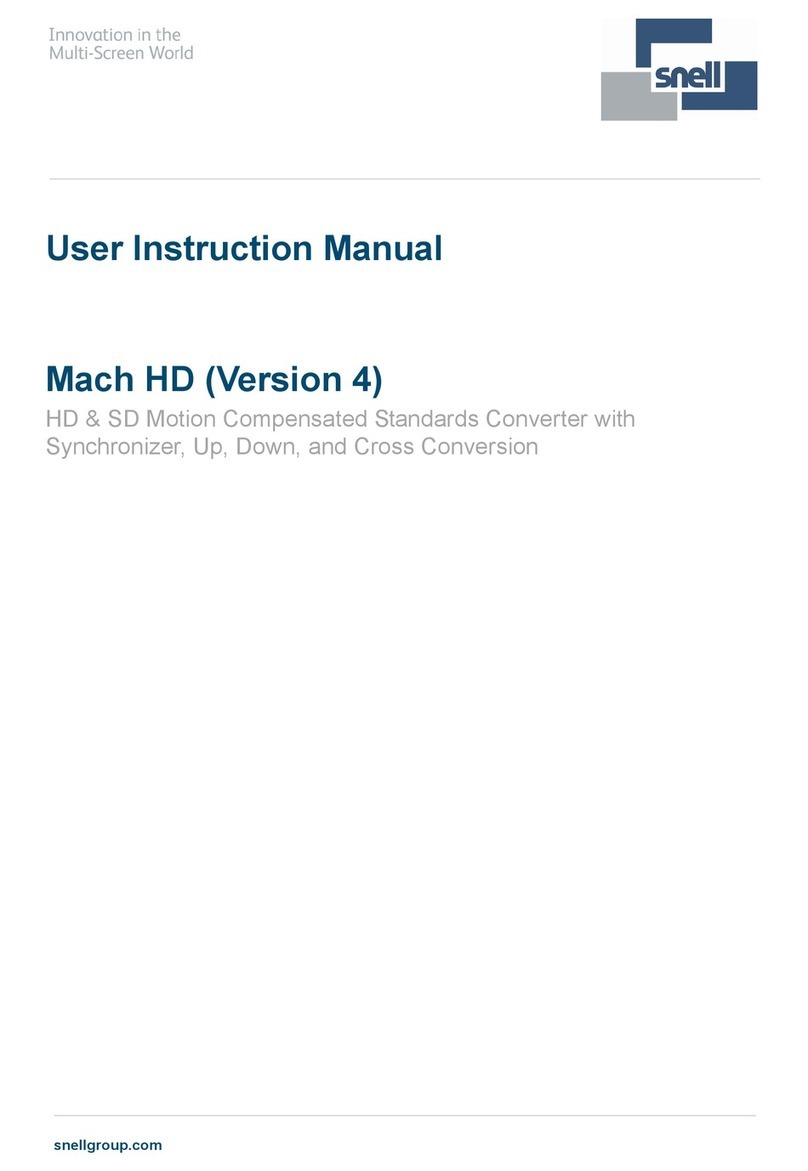
Snell
Snell Mach HD Operator's manual
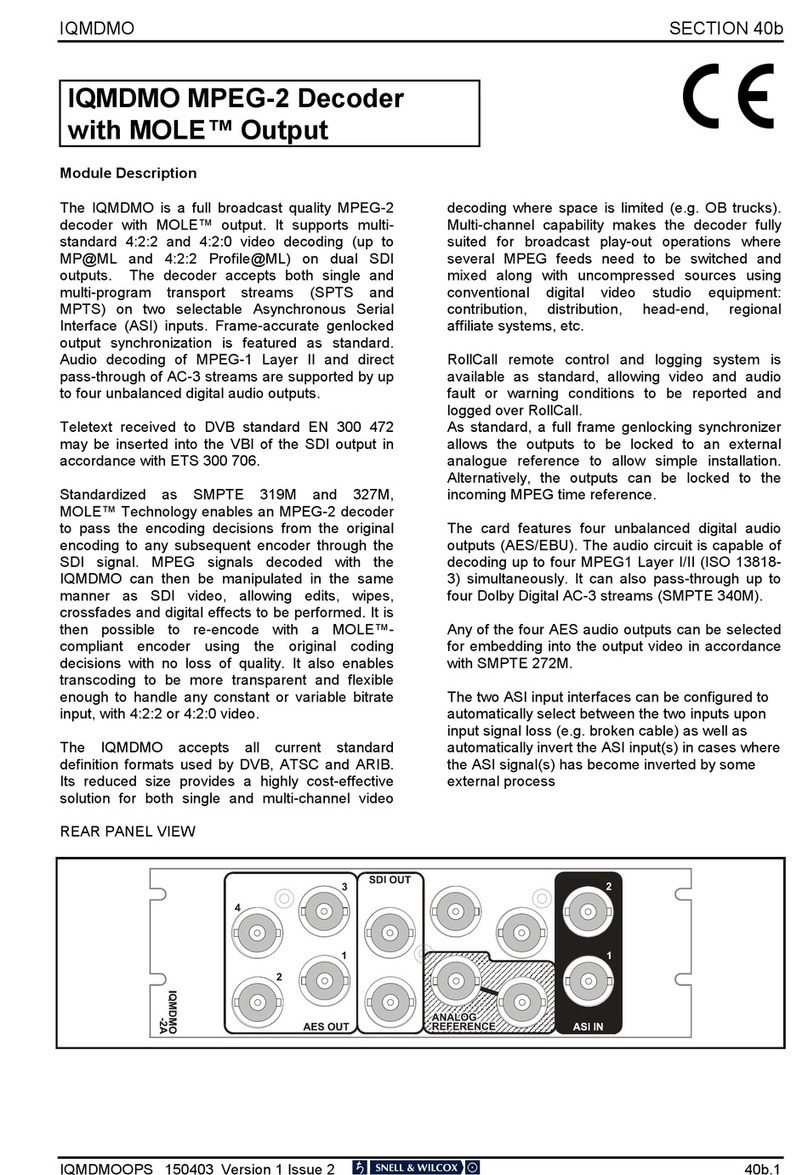
Snell
Snell IQMDMO User manual

Snell
Snell IQDEC0218-2A User manual

Snell
Snell Kudos LC300 User manual
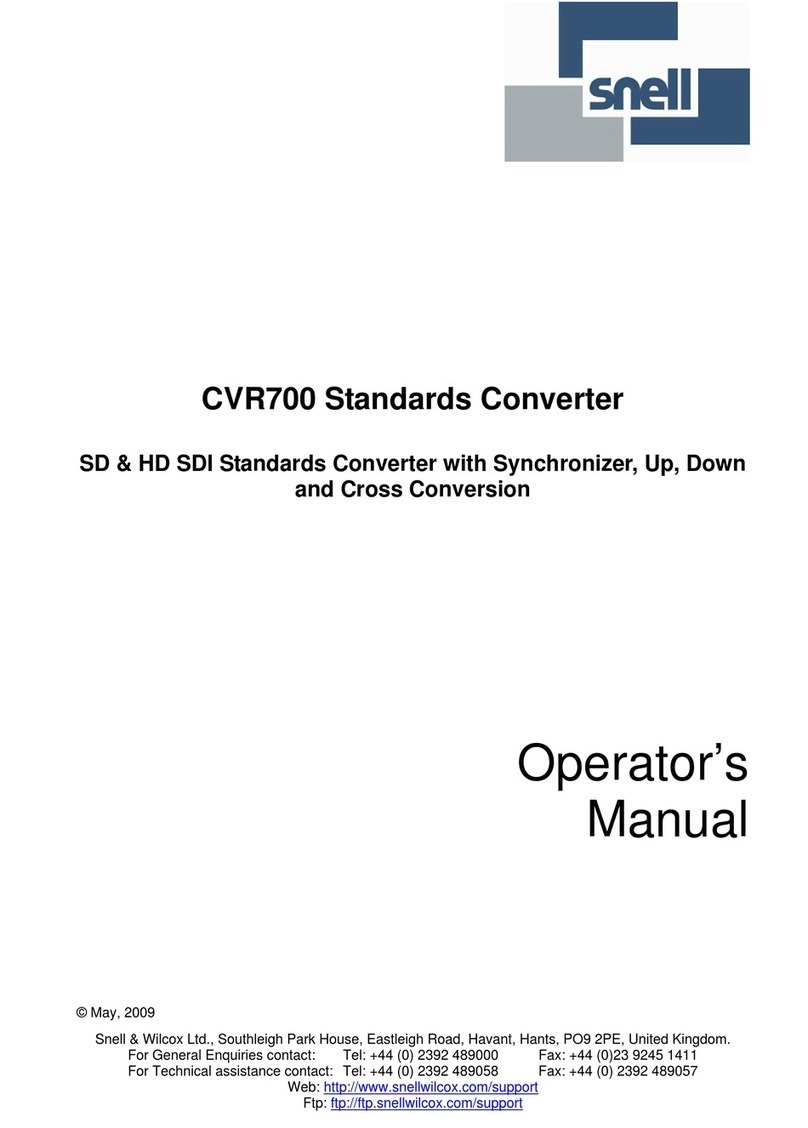
Snell
Snell CVR700 User manual
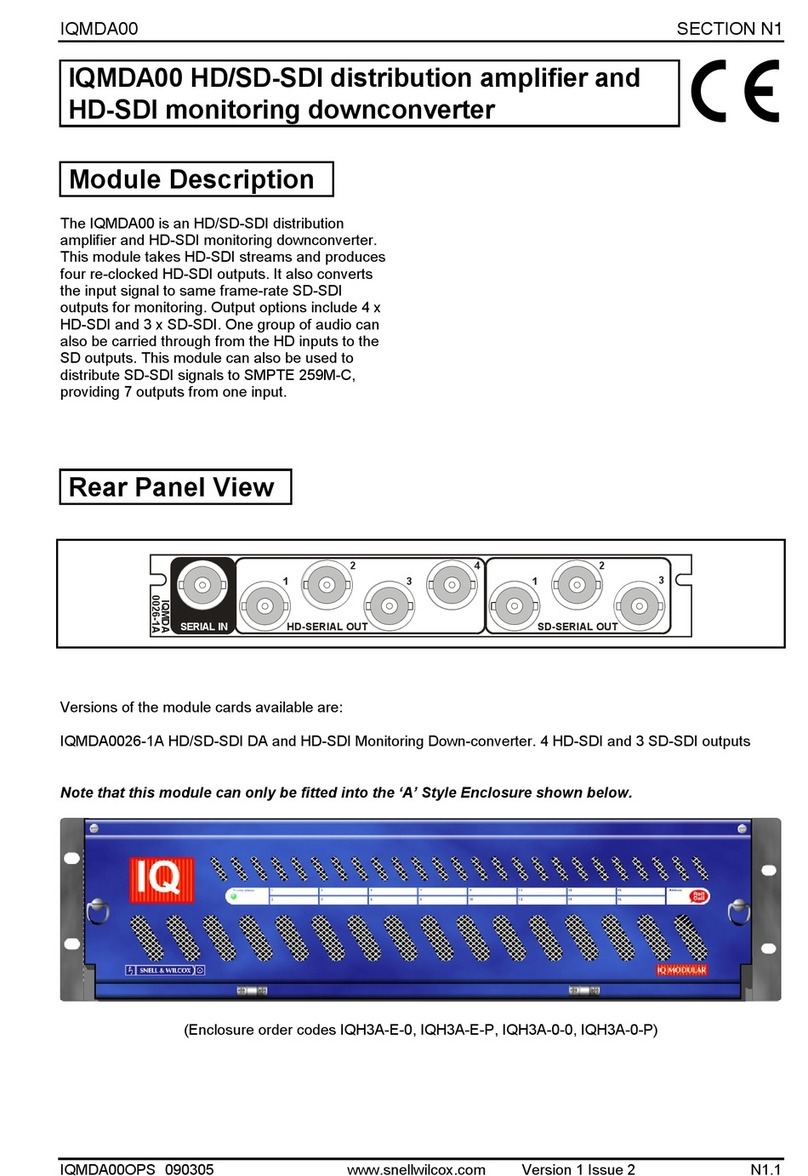
Snell
Snell IQMDA00 User manual
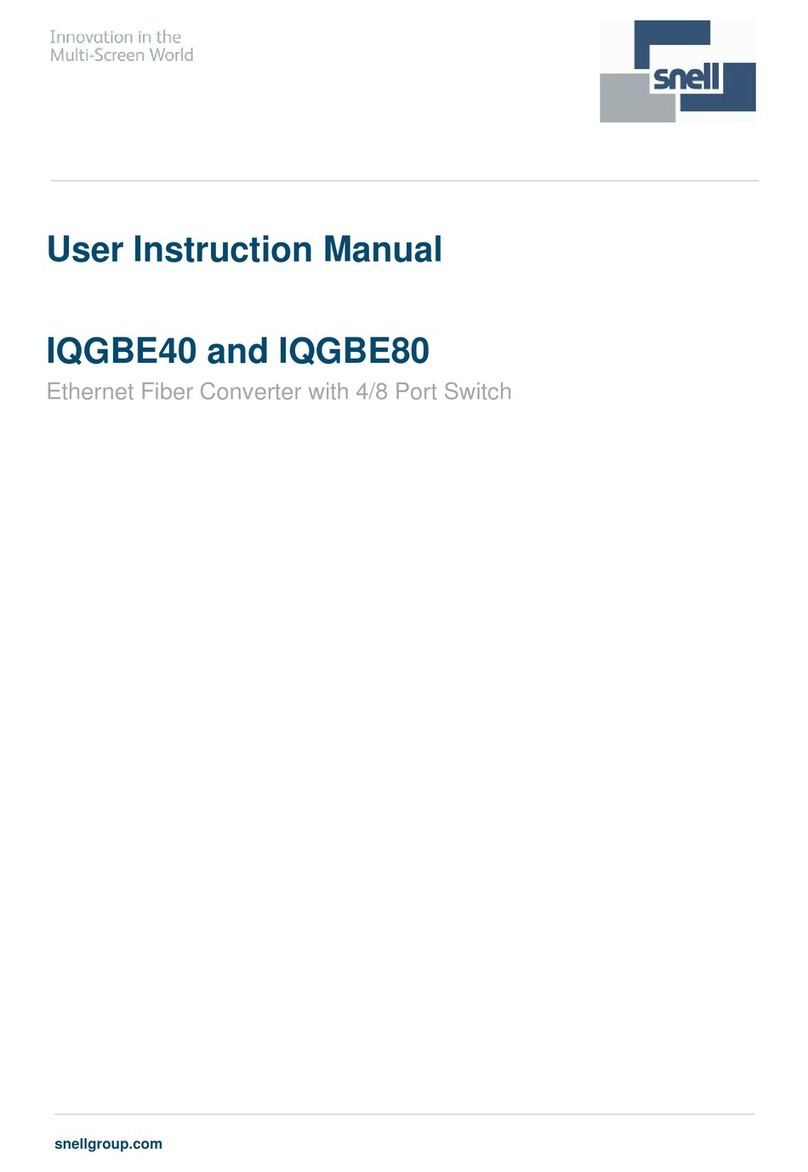
Snell
Snell IQGBE4000-1A Operator's manual
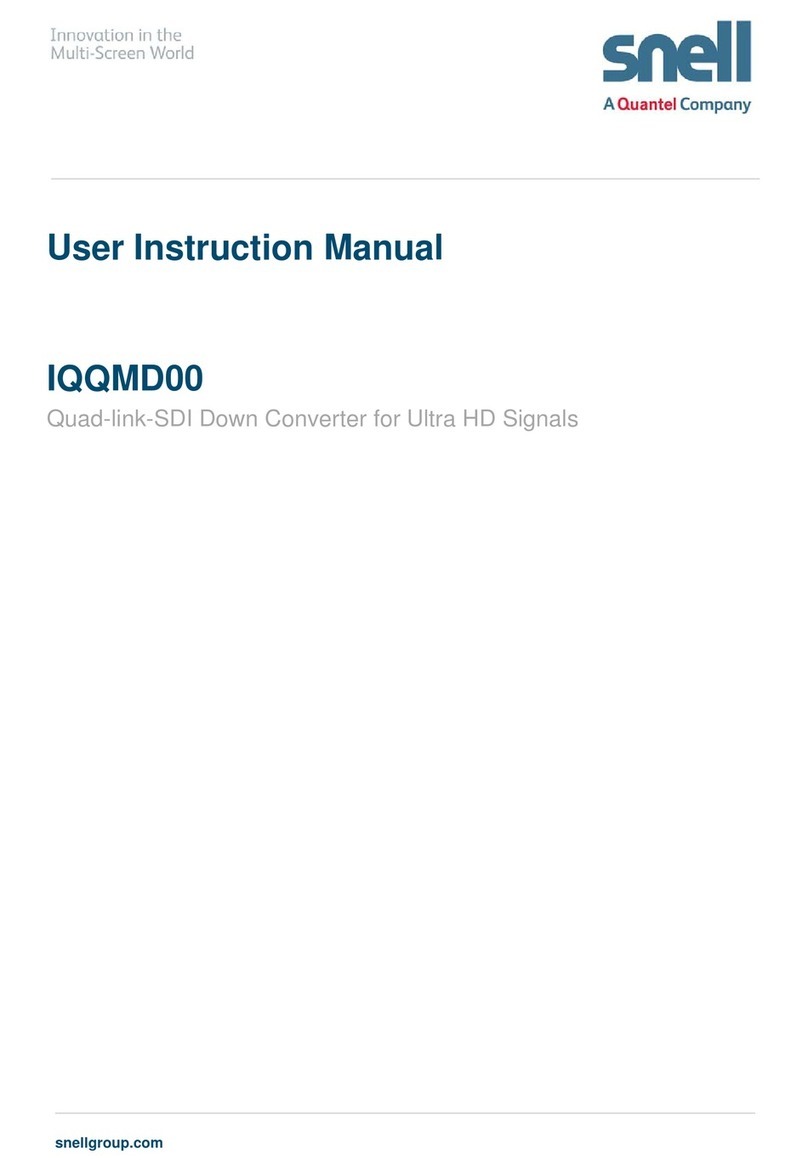
Snell
Snell IQQMD00 Operator's manual

Snell
Snell Kudos LC300 User manual

Snell
Snell Mach HD User manual
